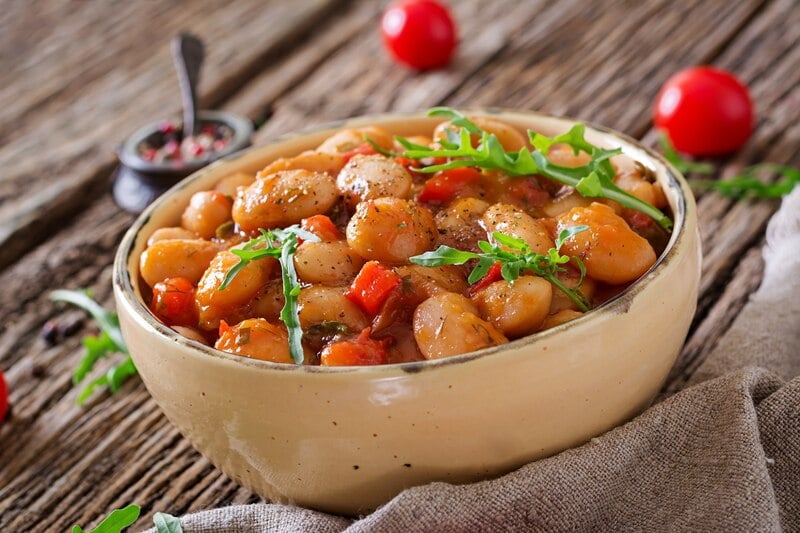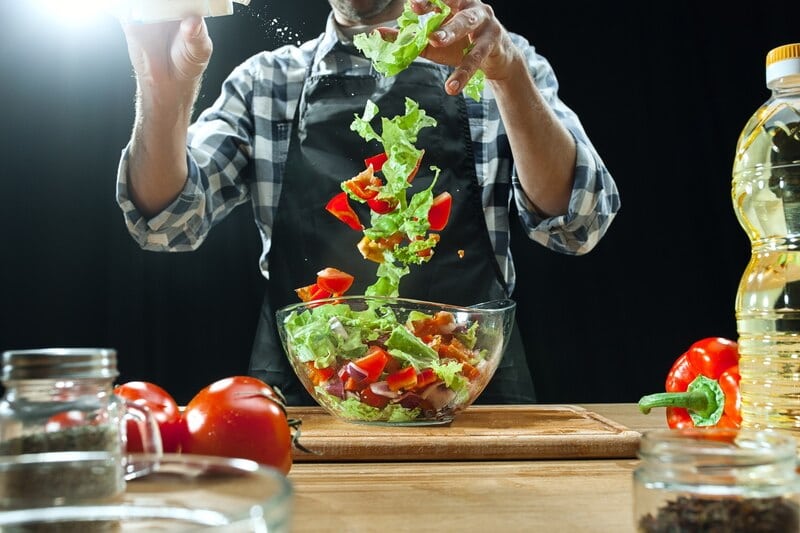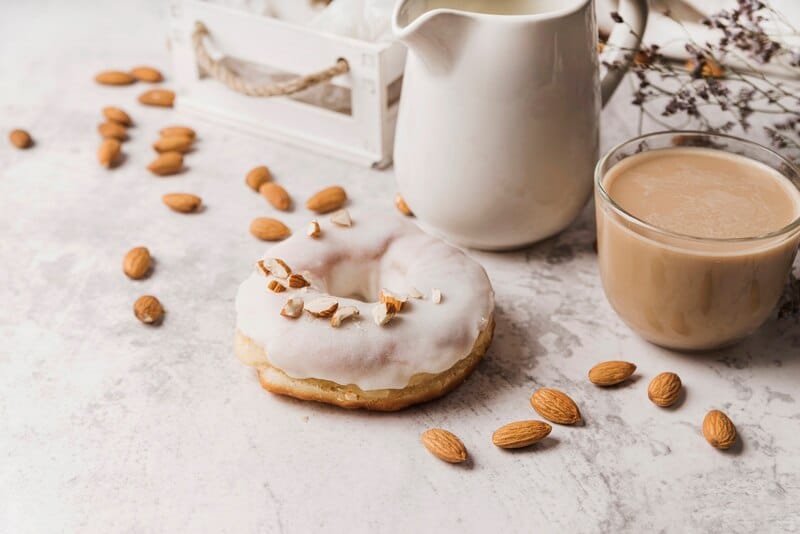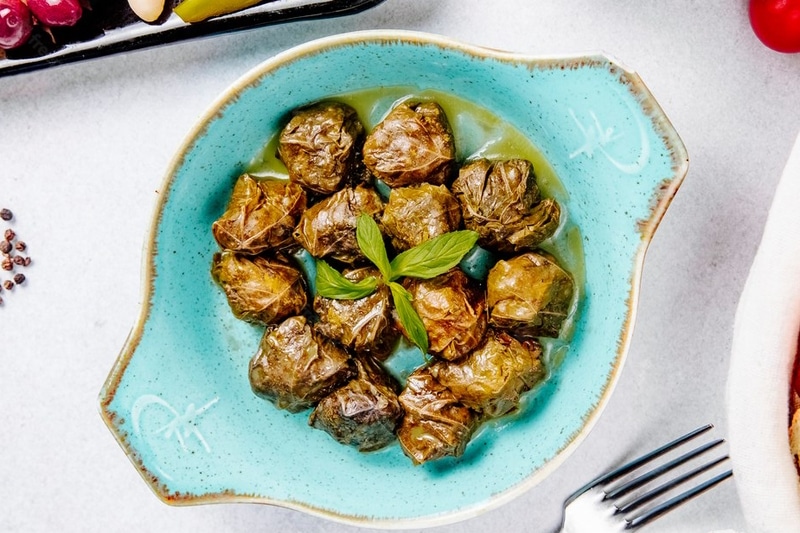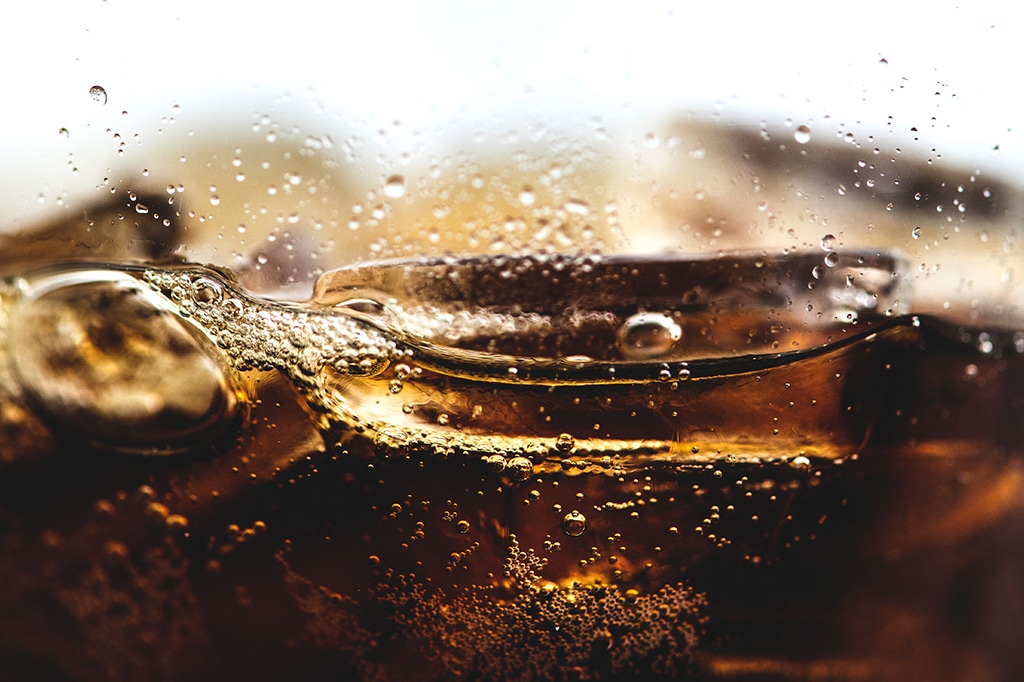Beans are good plant-based protein sources. However, which foods contain the most of this macronutrient?
Beans are one of the first plant-based proteins. They existed before ultra-realistic plant-based meats and provided nourishment prior to seitan. Technically, beans existed before tofu. With as much as nine grams of plant-based protein per half-cup serving and very little fat, beans are an effective, nutritious, and delicious way to meet your daily protein requirements. From soybeans to chickpeas and black beans to pinto, we will discuss which beans provide the most protein, along with seven bean recipes that will teach you how to prepare them like an expert.
Beans are members of the family of pulses. Inside pods, pulses are the edible seeds of legumes. While you may be familiar with a handful of bean kinds, such as black, garbanzo, pinto, and kidney, the category comprises more than 400 types that are consumed worldwide. Beans are universal not just because they are abundant, but also because they are readily available, inexpensive, and have a good nutritional profile. Rice and beans may be a basic dish, but there’s a reason so many people draw toward it. It is filling, nutritious, and inexpensive. Rice and beans can be delicious and gratifying if prepared properly and seasoned appropriately. Beans are fundamental and incredibly adaptable.
Health advantages of beans
Depending on the type of bean, the protein content ranges from 21 to 25 percent by weight, or anywhere from five to nine grams per cooked half-cup portion.
The same half-cup portion has approximately 100 to 120 calories, less than three grams of unsaturated (good) fat, up to six grams of fiber, and a considerable quantity of vitamins and minerals, such as folate, potassium, iron, manganese, calcium, and magnesium. In their whole as a plant-based food, beans are likewise cholesterol-free.
Beans provide satiety in a nutrient-dense package, and although they may not contain as much protein per serving as some animal-based foods, they compensate with their health advantages.
“Beans are anti-inflammatory and can reduce inflammatory indicators in the body,” Dana Ellis Hunnes, PhD, MPH, RD, tells VegansBay. “Inflammatory markers are connected with a higher risk for multiple chronic illnesses, including heart disease, diabetes, and kidney disease.”
Beans are also high in fiber, which helps regulate blood sugar levels in those with Type 2 diabetes. In fact, the fiber helps the body absorb carbohydrates more slowly, so reducing blood sugar rises.
How much protein do beans contain?
Including beans in your diet is beneficial, but some are higher in protein than others. Here are the beans with the highest protein content. Note that the protein amount is based on a half-cup serving size.
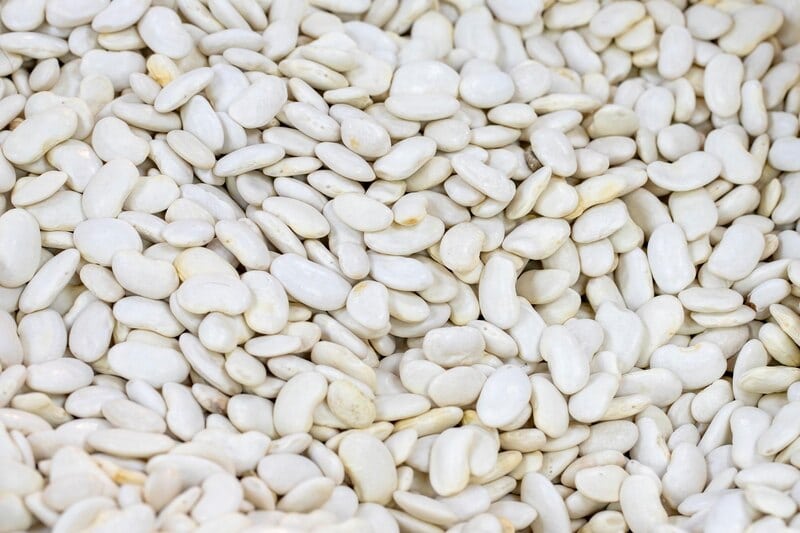
- Cannellini beans
These mild white beans, sometimes known as navy beans, provide eight grams of protein. In addition, they are rich in manganese, a vital vitamin that regulates everything from metabolism to brain function. They complement other foods and offer substance and texture to stews and salads.
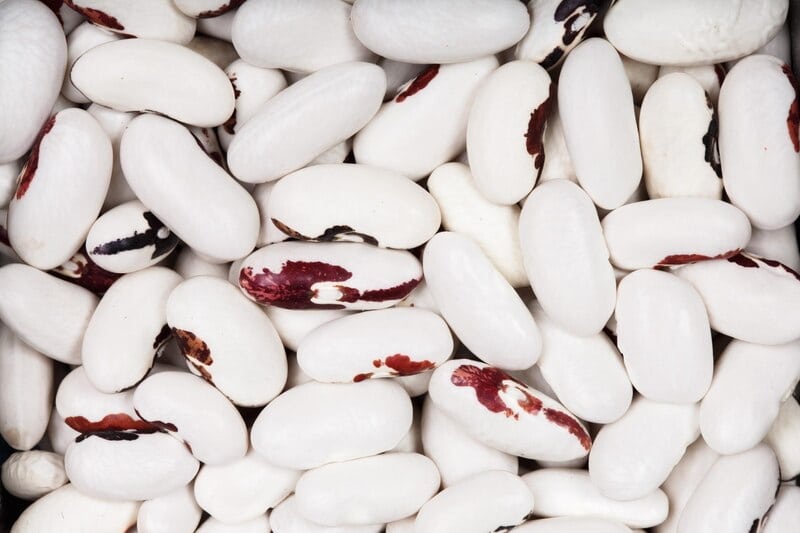
- Great Northern beans
This slightly larger white bean variety has nine grams of protein and a flavor and texture comparable to cannellini beans. In addition, they contain more potassium than a medium banana, a nutrient that promotes healthy nerve activity (read: less muscle cramps!). Try mixing these beans with some garlic, sage, and vegetable broth to create a creamy pizza sauce.
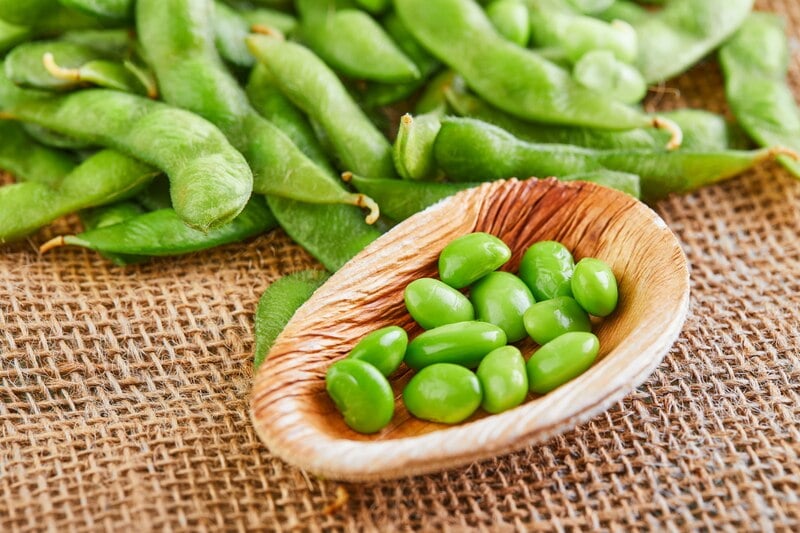
- Edamame Beans
This standard appetizer is packed with plant-based protein. These immature soybeans contain little more than eight grams of protein in addition to a substantial amount of iron, magnesium, and even calcium. You can satisfy your protein requirements with snacks before the main course.
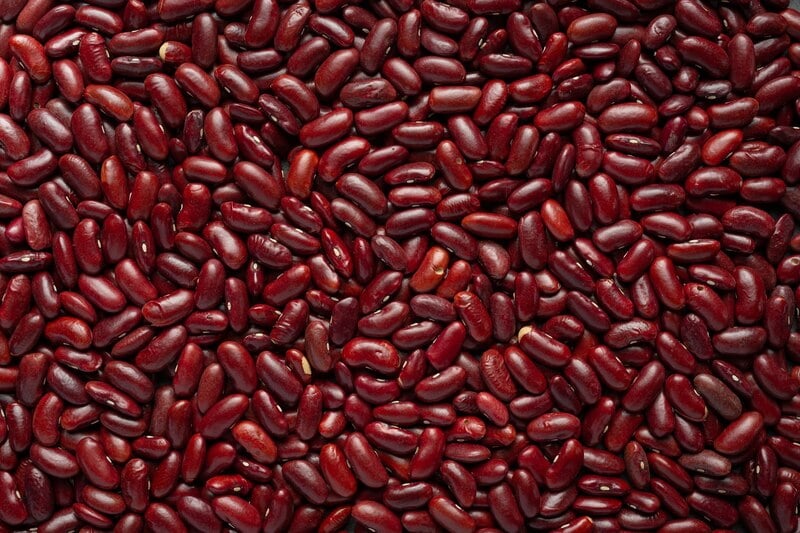
- Black Beans
Always difficult is the choice between black and pinto beans. Black beans have slightly more protein than pinto by a few tenths of a gram. While pinto beans have 7.2 grams of protein, black beans contain 7.6 grams. Pintos may be the conventional choice for refried beans, but vegan refried black beans are available at most stores.
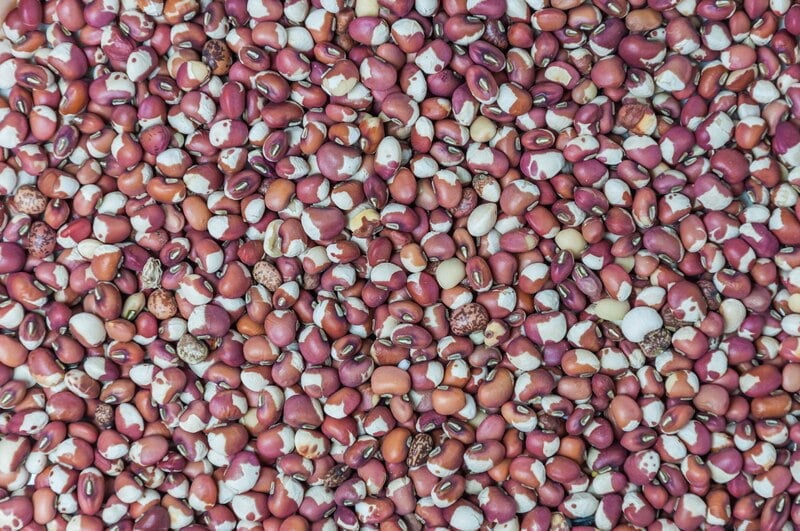
- Pinto beans
Pinto bean supporters are thriving. Per serving, pinto bean burritos, seven-layer refried bean dip, and basic beans and rice topped liberally with salsa and guacamole contain just over seven grams of protein.
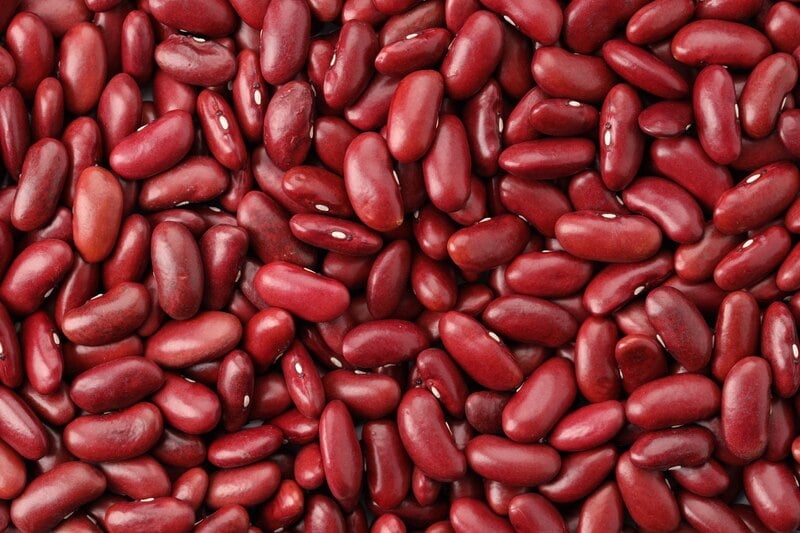
- Kidney beans
Both kidney beans and pinto beans provide the same amount of protein, 7.2 grams. Choose these dark red beans if you want a double dose of protein and iron. Kidney beans contain 21 percent of the required daily iron intake. No traditional vegan chili would be complete without kidney beans.

- Chickpeas
As much as we appreciate hummus, it is more effective to consume chickpeas in their natural state. Chickpeas provide little more than six grams of protein. Two tablespoons of hummus contain only two grams of fat. Blend a handful of chickpeas into the batter of nutrient-dense baked products and use them in soups, salads, or as an ingredient in baked goods. Don’t believe us? Try this Chocolate Chunk Blondies recipe.

